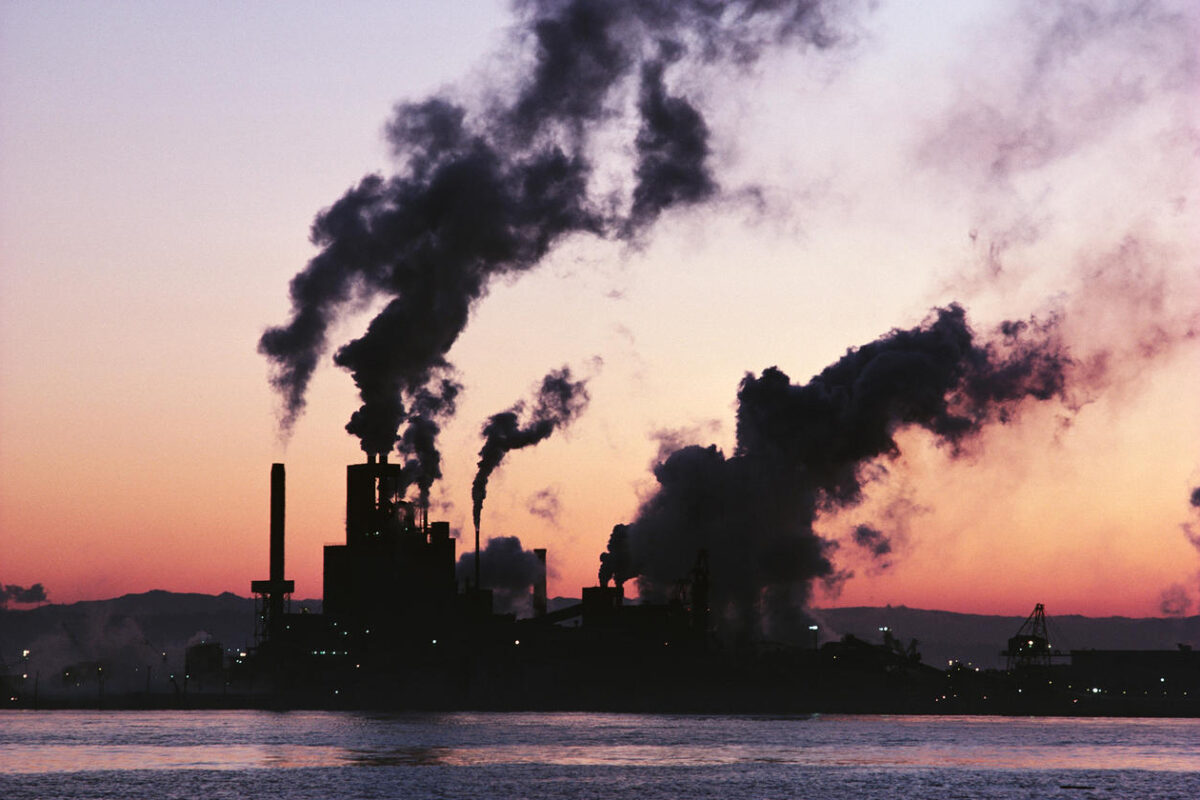First, a definition of terms- A Permafrost is a ground that stays frozen for two years or more, and Beavers are cute fuzzy mammals. As the effects of global warming intensify, causing warmer temperatures, Beavers travel north, creating ponds that are thawing centuries-old permafrost. It is dangerous because, as the permafrost melt, they release toxic greenhouse gases like Carbon and Methane.
Usually, the northern Tundra is too cold to support the growth of trees or other kinds of vegetation. Since it has become warmer with the recent climate change, Beavers now have unlimited access to vegetation they need for food and building a shelter in the tundra. They make ponds and streams as a means to escape from predators and transfer wood to make their dams.
This influx of pond-building Beavers is responsible for melting the permafrost. The problem is not the Beavers themselves. It is their landscape-altering abilities. They build thousands of dams per year, and these dams transfer heat to the permafrost below, releasing dangerous gases that can push us further down the global warming slope.
But it is not all bad news with Beavers. According to National Geographic, they have done a lot of good for the climate in other parts of the world.





